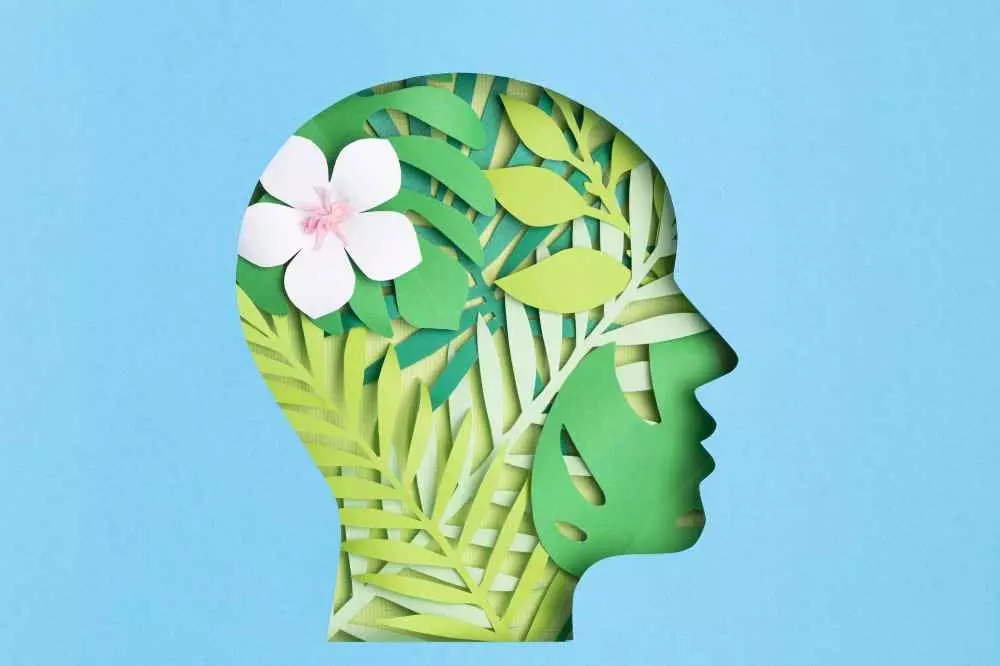 attachmentstyleinterview.com
attachmentstyleinterview.comIntroduction to psychotherapy and attachment theory
Psychotherapy is a process that can be extremely beneficial in dealing with a variety of emotional and mental problems. One of the key elements that can influence the course of therapeutic recovery is attachment style. Personas and their interactions with loved ones are integral to how they view themselves and the world around them. So, in practice, how does this style affect psychotherapy, or rather our mental health?
What is an attachment style?
Attachment style is a pattern of emotional attachment to other people, especially those who play the role of caregivers during childhood. Shaped by early experiences, attachment style can influence all later interpersonal relationships. There are several basic types of attachment:

Understanding one's attachment style is crucial to mental health, as it shapes our responses to stress, our loved ones and our ability to relate.
How does attachment style affect psychotherapy?
In the context of psychotherapy, attachment style has a significant impact on how the patient and therapist interact. How the patient perceives the relationship with the therapist and how the patient responds to the therapist's therapy is crucial. Some studies suggest that people with a secure attachment style may bond more easily with their therapist, resulting in better engagement in therapy.
Learn more about attachment typesIndividuals with an anxious attachment style may experience intense emotions in their relationship with the therapist, which can lead them to over-interpret the therapist's behavior. In contrast, those with an avoidant attachment style may avoid closeness, making it difficult to establish a deeper therapeutic relationship. For therapists, understanding a patient's attachment style is key to adjusting their approach and therapeutic strategy.
The role of the therapist
The therapist, when working with a patient, must be aware of the impact of attachment style on relationship dynamics. Being able to adjust one's approach based on observations and interactions allows one to create an environment in which the patient feels understood, accepted and safe.
Therapists who use the attachment-based therapy method focus on strengthening the therapeutic relationship, which leads to a better understanding of oneself and one's emotions. In such therapies, it is crucial to discover and explore attachment patterns and their impact on the patient's previous emotional life.
Therapeutic techniques that take attachment style into account
Various techniques are used in psychotherapy to address the patient's attachment style. Here are some methods that are particularly effective:
Compassionate therapy - focuses on building empathy, which promotes openness and trust.Therapeutic pattern discovery - encourages patients to reflect on their relationships and discover how their attachment style affects interactions with others.Emotional skills development - patients learn to manage their emotions and express them in healthy ways, which affects their relationships with others.Summary
The role of attachment style in psychotherapy is extremely important. Understanding how attachment affects our lives can help both therapists and patients build an effective therapeutic relationship. Working on one's attachment style can be the key to functioning better not only in therapy, but also in everyday relationships. Although the process can be difficult, awareness and education on the subject can have significant benefits for our mental health and our place in society.
Ultimately, psychotherapy is a tool that allows us not only to grow personally, but also to break down limitations that resulted from past attachment experiences. Diving into oneself and discovering the causes of one's emotions is a key step toward emotional health.